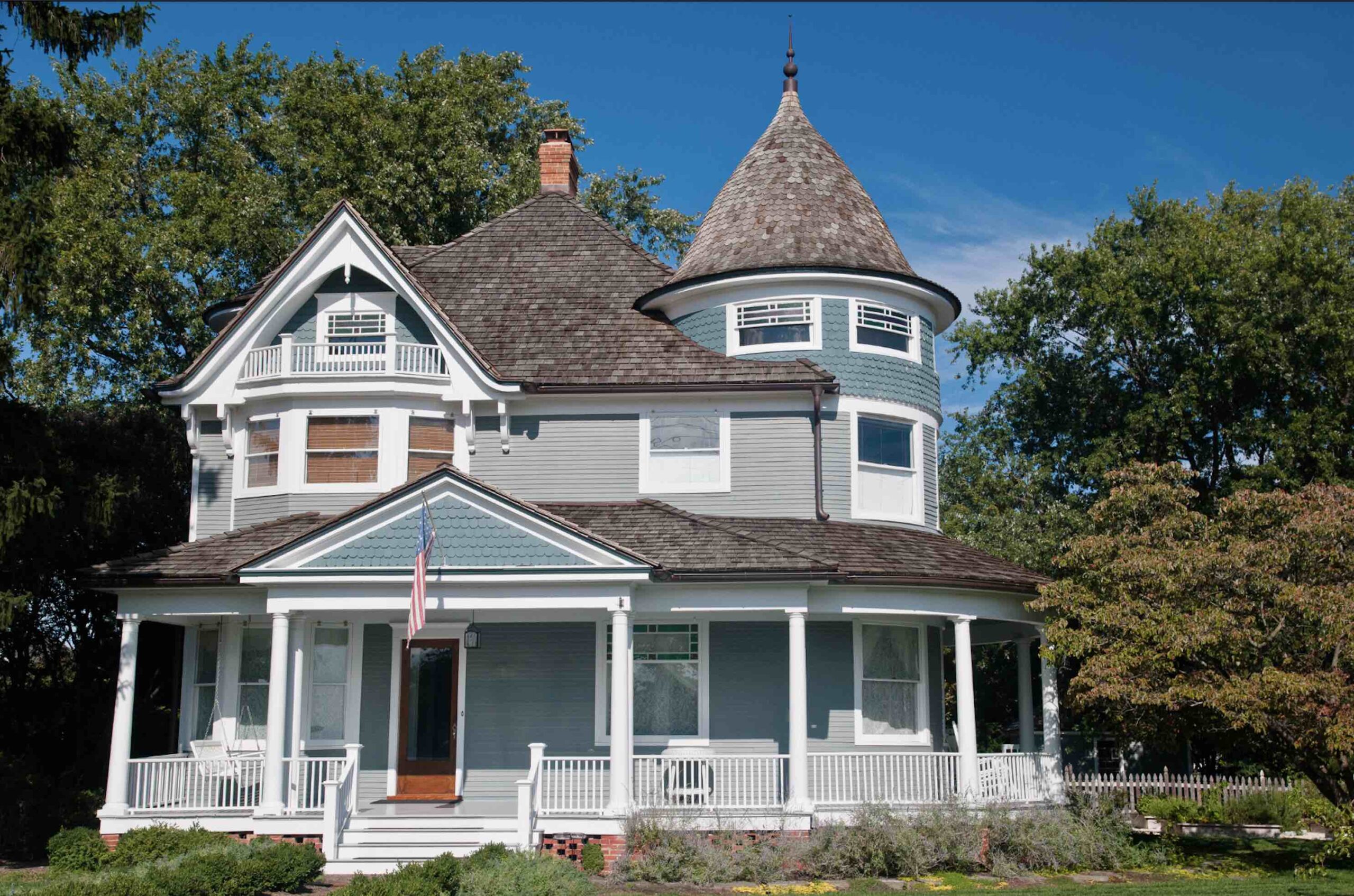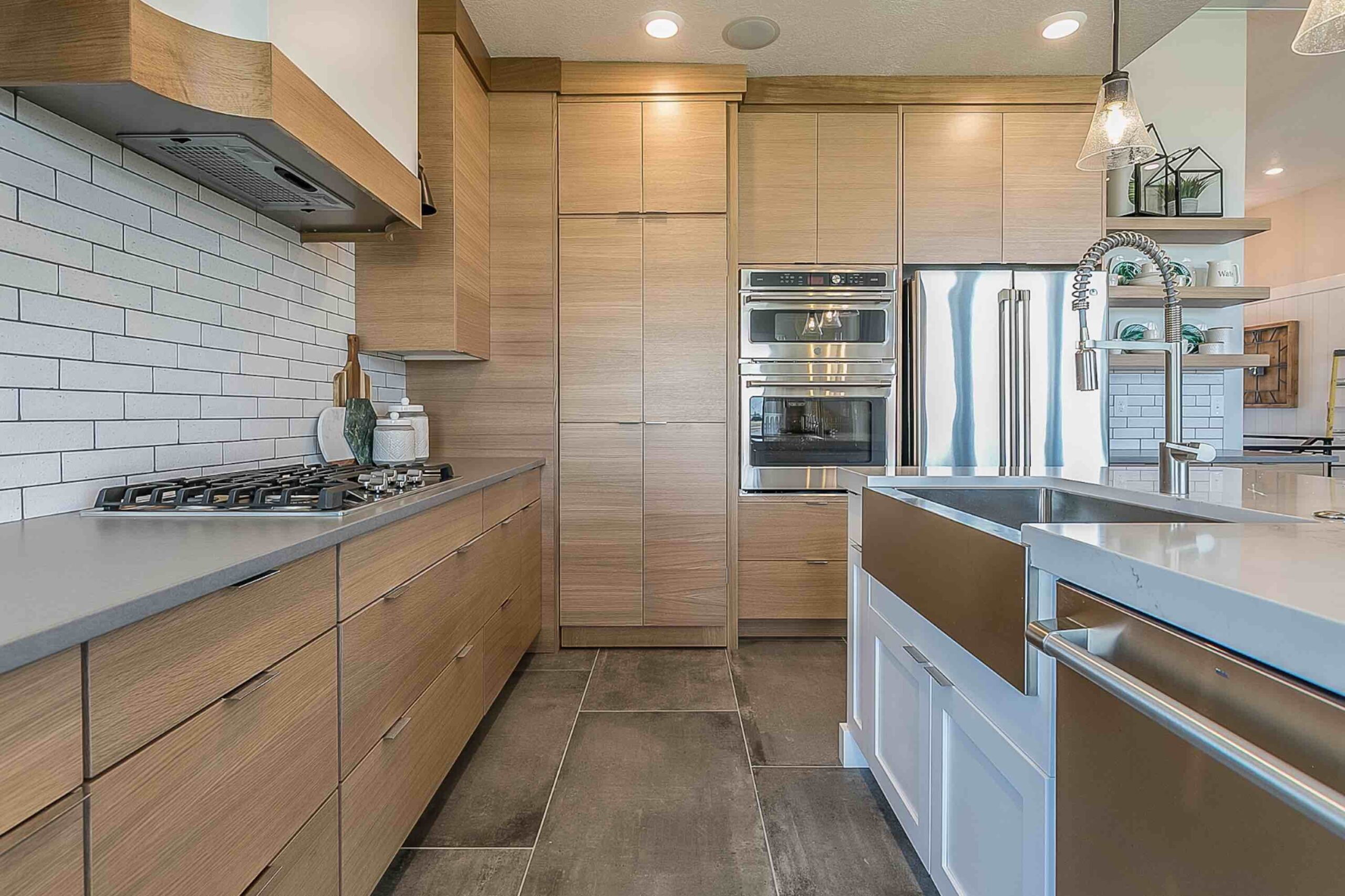I often get asked what buyers should be aware of when they’re considering older homes. And while it’s true that older homes can have problems, newer homes can have problems, too. So much of a home’s condition depends on where it is, what materials were used, and how it’s been taken care of by previous owners. You can’t really tell what a home’s condition is by its age alone.
So, don’t let a home’s age discourage you! A home from the 1960s can have far fewer problems than a brand-new home (and vice versa). When you know what to look for, you’ll be sure you’re buying the right home for you no matter how old it is. That said, there are certain things you should look for in a home depending on when it was built.
If you have a good home inspector, he or she should catch these issues, but it’s always smart to be aware of them before you hire an inspector. This might prevent you from spending time and money on a home inspection if you’re not really interested in the home. And if you decide to move forward, you’ll know what to ask the inspector about.
70 to 100 Years Old
Indiana homes from this time period are often really beautiful. They were usually built by skilled craftsman using top-notch materials, and they often have wonderful woodwork and masonry work. But they do have some things you should be on the lookout for.
Electrical Wiring
For homes that are around a hundred years old years old, the electrical wiring has likely already been replaced. If it hasn’t, it will probably need to be replaced soon.
Homes in Indiana from the early 1900s often have old-fashioned electrical wiring called knob-and-tube wiring. This kind of wiring consists of exposed wires running through tubes and around knobs, and if you’re thinking that it doesn’t sound very safe, you’re right! Honestly, you may not even be able to get home insurance until any knob-and-tube wiring has been replaced.
Older homes also have electrical panels that don’t meet today’s power needs. Modern home panels need around 200 amps of power. Older homes often can’t handle more than 60 amps or so.
Foundation and Exterior
Any home can have a foundation problem, but it’s more likely in an older home that’s settled over a long period of time. If the home has uneven floors caused by a foundation that is sinking, cracking, or leaning, it’s worth further inspection. If your home was built on a brick foundation, it’s not as stable as poured concrete, especially with extreme temperature changes like we have in Indiana.
If the home has a brick exterior, look closely. Brick doesn’t have much give, so when you have extreme temperature changes, the brick and mortar doesn’t expand and contract each time the temperature changes. The mortar will eventually crack and need to be replaced.
Plumbing
Plumbing from this time period was made from all kinds of materials, some better than others. You may have cast-iron pipes, which almost always corrode and fall apart over time. Lead pipes, are of course, a safety hazard and will need to be replaced.
You may also want to have the sewer line to your home scoped. These used to be made from cast iron, terracotta clay, or yes, even tarpaper. If they disintegrate, become clogged, or are inundated by tree roots over time, sewer waste can back up into your home.
Radon Gas
Radon is tricky because it’s a colorless and odorless gas that also just happens to be toxic enough to cause lung cancer over time. Indiana has some high concentrations of radon gas, so every home should be tested for radon emissions—especially older homes. Older homes may never have been checked for radon gas, much less had a mitigation system installed to deal with the problem.
Insulation
Older homes were often built without very much insulation at all. No matter what, they weren’t built with the amount of insulation that’s recommended for a home today. Know what insulation exists in the home and what you might need to add to it to make the summers and winters in Indiana more comfortable. Too little insulation can also really affect your home’s energy efficiency.
Lead Paint
If the home was built before 1978, there’s a pretty good possibility that there’s lead paint somewhere. A lead inspector (or an at-home test kit) can tell you for sure, but it’s important to know, especially if the paint is peeling or you’ll be renovating. It should be removed by a lead-certified contractor.
Important note: any home that was built before 1978 can have lead paint, so this is applicable to newer homes, too.
Layout
A home this old will have a very dated layout and may or may not meet the needs of a modern family. These homes have often gone through a hodgepodge of renovations and fixes at many different times throughout their existence—and it’s likely they’re not all up to code.
They’re also likely to have layouts that aren’t very well suited to today’s families, including single bathrooms, small kitchens, and a lack of storage space. However, that sense of an era gone by is also part of what adds to an old home’s charm.
Homes 40 to 60 Years Old
Homes from this time period are often in solid shape, but here are a few things you should be aware of.
Electrical Wiring
Generally, electrical systems that were installed in the 1970s and 1980s are pretty modern, even by today’s standards. They have circuit breakers instead of fuses and grounded receptacles, just like they should.
But there’s one important note here: there was a worldwide shortage of copper during the 1970s, and copper is the best material for electrical wiring. Because of that copper shortage, many builders used aluminum during this time period, which was easy to get and also inexpensive. But receptacles and light switches were usually still made of copper or other metals that react to aluminum. This causes the wiring to overheat, creating a fire hazard.
The standard for electric panels during this time was 100 amps, which may be adequate for some homes. Many modern homes, though, are likely to need up to 200 amps, so the electrical panel may need upgrading.
Plumbing
Many homes built during this time also have copper pipes, and they should still be in good condition. Even if that’s the case, angled stop valves behind toilets and under sinks may need to be replaced to keep everything in tip-top shape.
Asbestos
Asbestos is an inexpensive, fire-retardant material that was used extensively in many different building materials from the 1940s to the 1970s. If any building material containing asbestos is in poor condition and the fibers are exposed, they can be easily inhaled and cause lung cancer. The good news is that if the material is in good condition, the asbestos is not a health hazard.
You’ll often find asbestos in:
Caulk and glaze
Flooring materials, including tile, linoleum, and glue
Roofing material
Siding
Plaster
Insulation material for HVAC systems, boilers, and pipes
Paint
Materials that contain asbestos should be removed by a licensed specialist. While you can legally do it yourself, it’s a big pain to follow all of the proper procedures. Honestly, it’s better to leave it to a professional.
Homes 20 to 30 Years Old
Plumbing
The biggest thing to be aware of in homes around this age is what’s called polybutylene piping. It was discontinued in 1996 because of frequent problems with pipes made of this material suddenly bursting. If you have a home with this type of plumbing, you’ll need to have it replaced right away in order to avoid catastrophic flooding.
Major Component Replacements
Unlike older homes, homes that were built in this time period may just be coming up on their first wave of major replacements.
A roof can often last around 25 to 30 years, and an HVAC system usually lasts around 20. If those big-ticket items haven’t yet been replaced, it’s probably about time for some expensive replacements (but not always)!
New Construction Homes
Even a brand-new home is worth a closer look before you sign on the dotted line. Here are a few things to consider.
Look at Construction Quality
Even a new home needs to be carefully looked at. Can you see completed homes at the builder’s other sites? How do they look? Do the residents like their homes? You should also check out reviews and forums to see what people are saying about the homes and any potential issues that may indicate a lack of quality work, materials, or finishes.
Construction quality and a builder’s reputation can tell you a lot about what you can expect down the road.
Know Your Warranties
Many new-home warranties are actually administered by a third party and don’t cover a builder’s workmanship or finishes. Make sure that you know what the guarantees are and what provisions are in your contract for any small issues that come up, as well as the larger ones that can come up, even in a new home.
Some components of the home may also be covered by the manufacturer, giving you additional coverage in case anything goes wrong.
Get the Home Inspected
Did you know that you need a home inspection, even for a brand-new home? I can’t stress this enough—new homes can have all sorts of problems, too, even after they’ve passed permit inspections.
I hope this gives you a little more confidence about what you should look for when you shop for a home, and of course, if you have any questions, give me a call at (765) 543-5947 or leave a comment below.




